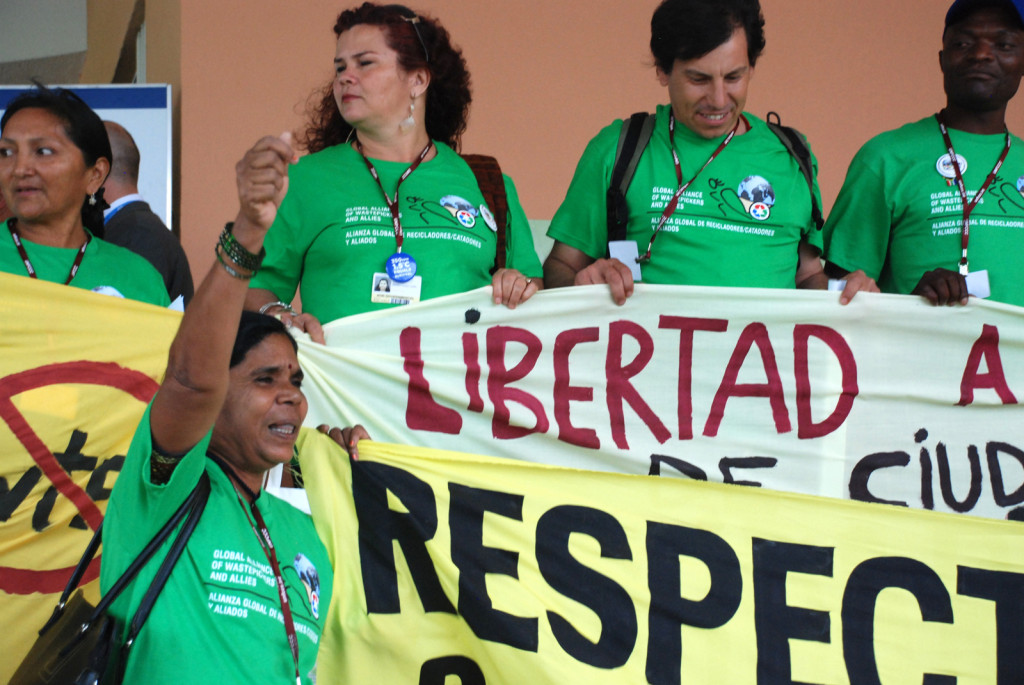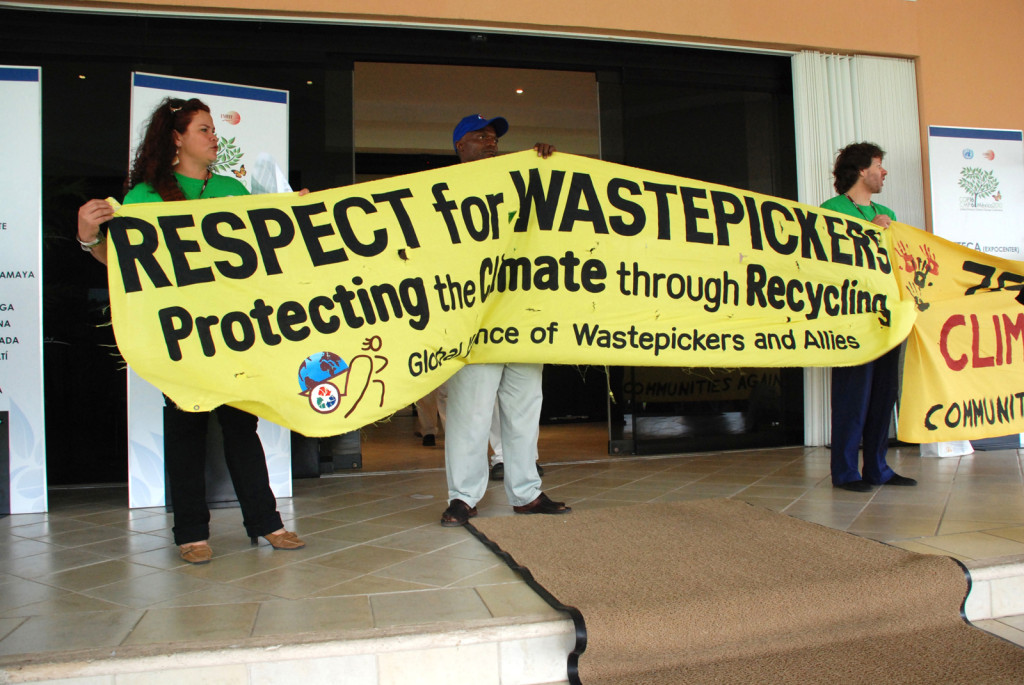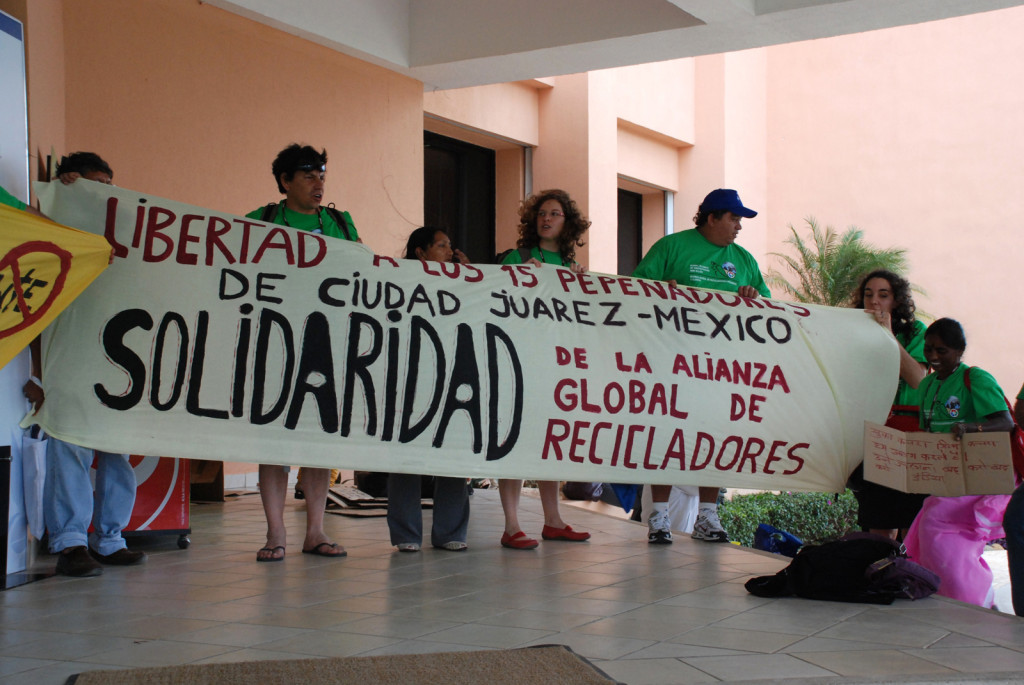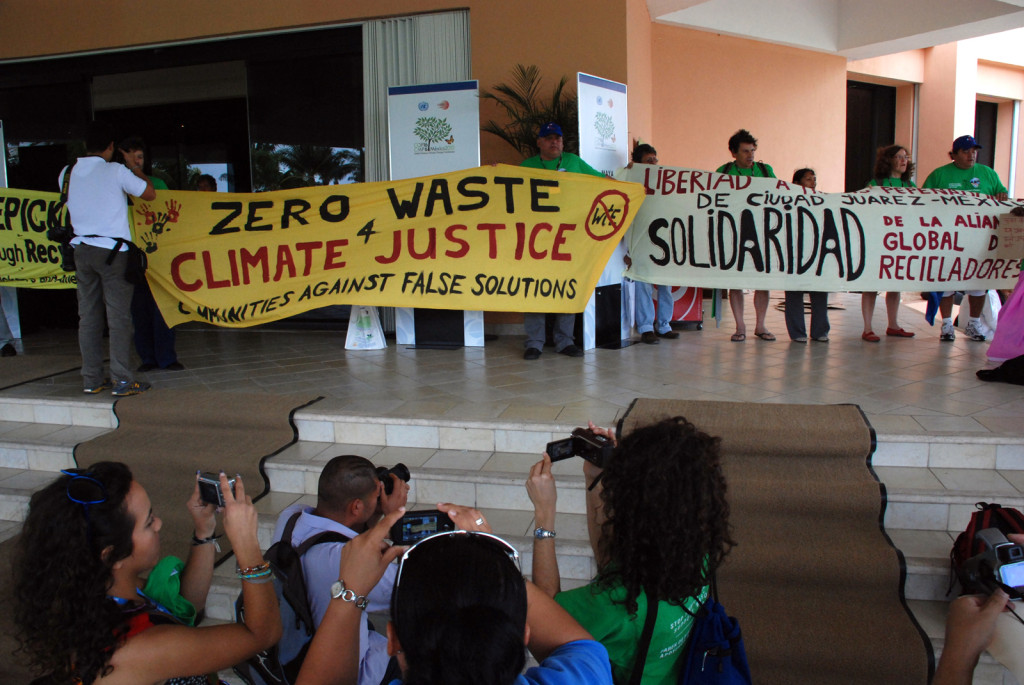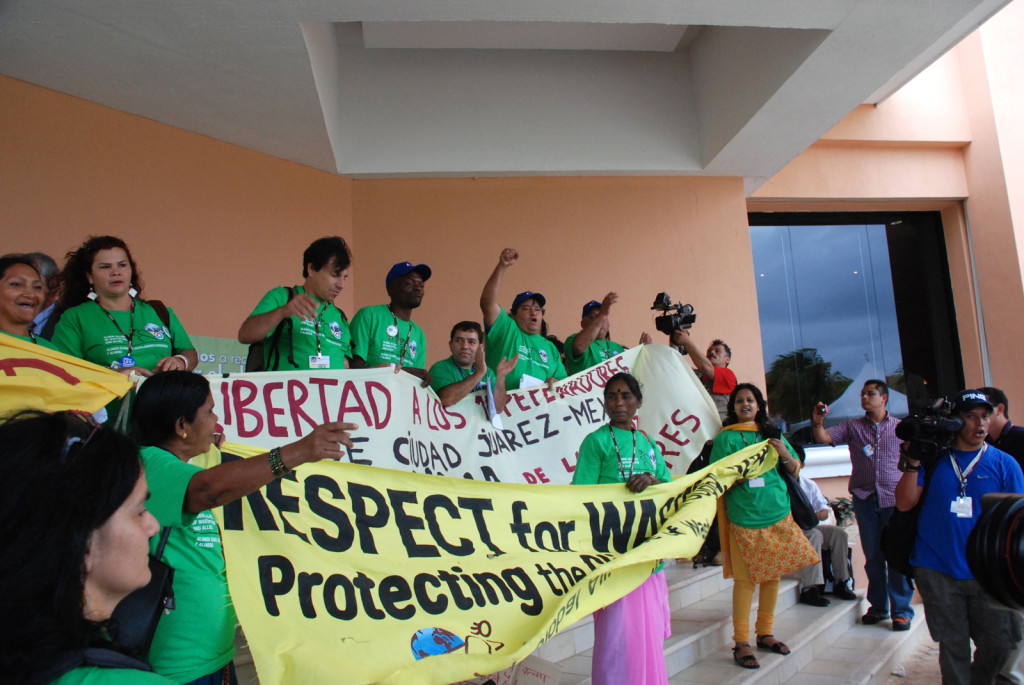BONN [GERMANY], June 11, 2011 – A new report released today by Friends of
the Earth International during the UN climate talks in Bonn this week
shows that the World Bank Group has been increasing its investments in
fossil fuels and promoting corporate-led false solutions to climate
change, including carbon trading, that serve to deepen rather than
alleviate the current environmental crisis.
The report, ‘Catalysing Catastrophic Climate Change’, follows widespread
concerns voiced by developing countries about the growing role of the
World Bank in delivering climate finance.
The report shows how the Bank’s dirty fossil fuel financing is on the
rise, locking countries such as India and South Africa into an even
greater reliance on coal. Furthermore, the Bank is driving the expansion
of carbon markets, an escape hatch for rich industrialised countries from
cutting their emissions, whilst causing ecological damage and the
displacement of communities in the global South. And despite negative
environmental, social, and climate change impacts, the World Bank is
significantly scaling up support for large hydropower.
Despite the Bank’s lending for highly unsustainable projects around the
world, it is seeking an influential role in the UN’s new Green Climate
Fund and in mechanisms to reduce emissions from deforestation and forest
degradation (REDD).
Friends of the Earth International Economic Justice Program Coordinator
Sebastian Valdomir said:
“The World Bank is part of the climate problem, not the climate solution.
Its conflicts of interest, and appalling social and environmental track
record, should immediately disqualify it from playing any role whatsoever
in designing the Green Climate Fund, and in climate finance more
generally.”
The World Bank has been accused of having a conflict of interest with
regards to serving as both the interim trustee of the Green Climate Fund
(fiduciary function) and on the Technical Support Unit designing the fund
(consultancy function). In effect, the Bank would be designing a fund that
is meant to oversee its own activities.
The World Bank’s fossil fuel lending practices and propagation of false
solutions to climate change, such as carbon trading and large dams, should
lead to its exclusion from any role in designing the UNFCCC’s Green
Climate Fund.
Friends of the Earth International calls for climate finance that is
derived from assessed budgetary contributions and other non-market-based
innovative sources – like financial transaction taxes – that is
commensurate with rich countries’ disproportionate role in creating the
problem of climate change.
Policy Analyst at Friends of the Earth United States Kate Horner said:
“The World Bank claims to provide leadership on climate change but, as
shown in this report, it is a major funder of dirty fossil fuel projects,
carbon trading and mega dams. These initiatives deepen poverty and push us
closer to the brink of a global environmental disaster.”
NOTES:
[1] The report shows that in 2010 the Bank hit a new record in terms of
its fossil fuel funding, totaling US$6.6 billion, a 116% increase over
2009. US$4.4 billion of this total was invested in coal, also a record
high, and a 356% increase over the previous year.
[2] The World Bank’s private lending arm, the IFC, approved investment of
US$450 million for the Tata Mundra 4,000-megawatt coal-fired power plant
in Gujarat, India, which is expected to emit an estimated 25.7 million
tons of CO2 annually for at least 25 years.
In April 2010, the World Bank also approved a massive US$3.75 billion
loan, the overwhelming majority of which will finance the 4,800 megawatt
Medupi coal-fired power plant being built by Eskom, South Africa’s
state-owned power utility. The loan will lead to 40 new coalmines opening
up to feed the Medupi plant and related projects. South Africa is
currently responsible for 40% of all of Africa’s greenhouse gas emissions,
and this loan will add to these emissions.
[3] The World Bank has been increasing investment in large hydropower
since 2003, following a lull in such investment in the 1990s, despite that
dams have already displaced 40–80 million people.
[4] The World Bank’s Climate Investment Funds (CIFs) include a Pilot
Program for Climate Resilience (PPCR), which allows for loans for
adaptation, unlike UNFCCC funds and the Adaptation Fund, which has
recently led to protests in Nepal and Bangladesh.
[5] The English version of the report can be found at:
http://www.foei.org/en/resources/publications/pdfs/2011/world-bank-catalysing-catastrophic-climate-change/
The Spanish version of the report can be found at:
http://www.foei.org/es/recursos/publicaciones/pdfs-por-ano/2011/banco-mundial-catalizador-del-cambio-clima301tico-devastador/
[6] Key findings from the report will be presented at a side event at the
UNFCCC climate talks in Bonn, Germany on Saturday 11 June: 18:15—19:45,
WIND, Ministry of the Environment building.

